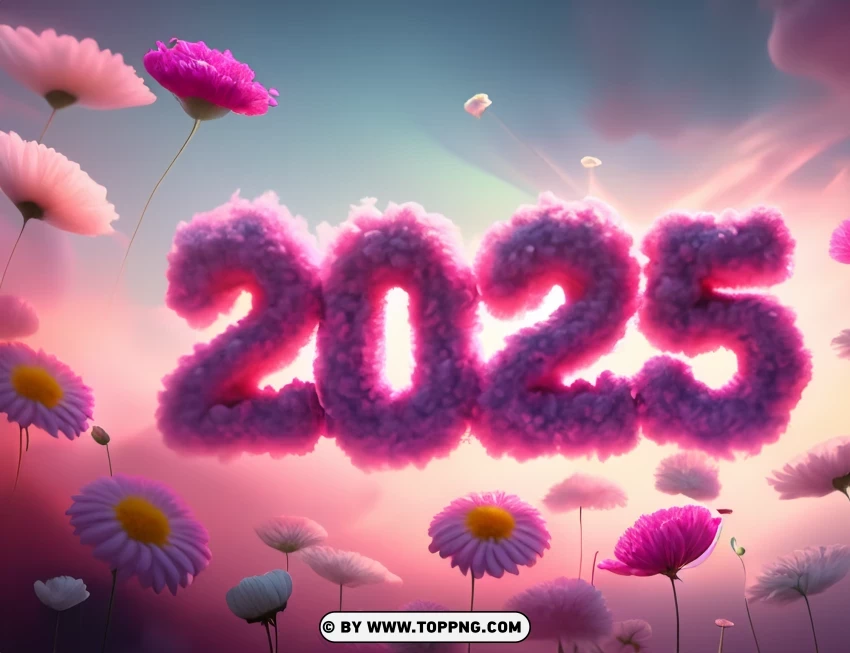The Origins of Sequential Art
The Origins of Sequential Art
Blog Article

The world of visual storytelling has evolved significantly over the years, with various forms captivating audiences across generations. Among these forms, Sequential art stands out as a unique medium that blends art and narrative seamlessly. This term encompasses a range of visual storytelling techniques, including comics, graphic novels, and manga, that utilize a sequence of images to convey stories. In this article, we will explore the history, significance, and impact of sequential art on culture and society.
The Origins of Sequential Art
Sequential art can trace its roots back to ancient civilizations, where storytelling through visuals was a common practice. From the hieroglyphics of ancient Egypt to the tapestries of the Middle Ages, humans have always utilized imagery to narrate their stories. However, the modern conception of sequential art began to take shape in the late 19th century with the advent of comic strips in newspapers.
The Rise of Comics
The early 20th century saw the rise of comic books, which became a cultural phenomenon, particularly in the United States. Characters like Superman and Batman not only entertained readers but also reflected societal values and issues of their time. This period marked the beginning of a new art form that combined storytelling, art, and graphic design.
The Evolution of Graphic Novels
As the medium matured, the 1970s and 1980s ushered in the graphic novel, a longer, more sophisticated form of sequential art. Works like Art Spiegelman's Maus and Alan Moore's Watchmen pushed the boundaries of the genre, exploring complex themes and deeper character development. These graphic novels showcased the potential of sequential art to tackle serious subjects, ranging from history to psychology.
Manga and Global Influence
Simultaneously, Japan was experiencing its own renaissance in this form of storytelling through manga. This unique style of comic art has become a global phenomenon, influencing countless artists and writers around the world. Manga's distinct characteristics, such as its detailed artwork and diverse genres, have captivated audiences of all ages, leading to a significant cultural exchange between East and West.
The Impact of Sequential Art on Society
Sequential art has had a profound impact on various aspects of society. It has served as a tool for education, enabling complex ideas to be communicated in an accessible format. Moreover, it has been a medium for social commentary, allowing creators to address important issues such as inequality, identity, and mental health.
Accessibility and Representation
In recent years, the rise of webcomics and independent creators has further democratized sequential art. Platforms like Webtoon and Tapas have provided a space for diverse voices and stories, ensuring that representation in this medium continues to grow. This shift has allowed for a richer tapestry of narratives, reflecting the multifaceted nature of contemporary society.
The Future of Sequential Art
As technology continues to advance, the future of sequential art looks promising. With the rise of digital platforms and virtual reality, artists are exploring innovative ways to tell stories. This evolution presents exciting opportunities for interactivity, allowing readers to engage with narratives in ways that were previously unimaginable.
Conclusion
In conclusion, sequential art is much more than just a collection of images; it is a powerful storytelling medium that has evolved over centuries. From its historical roots to its present-day influences, it has the capacity to educate, entertain, and inspire. As we look to the future, the possibilities for this unique art form are limitless, promising to continue captivating audiences around the world.
Report this page